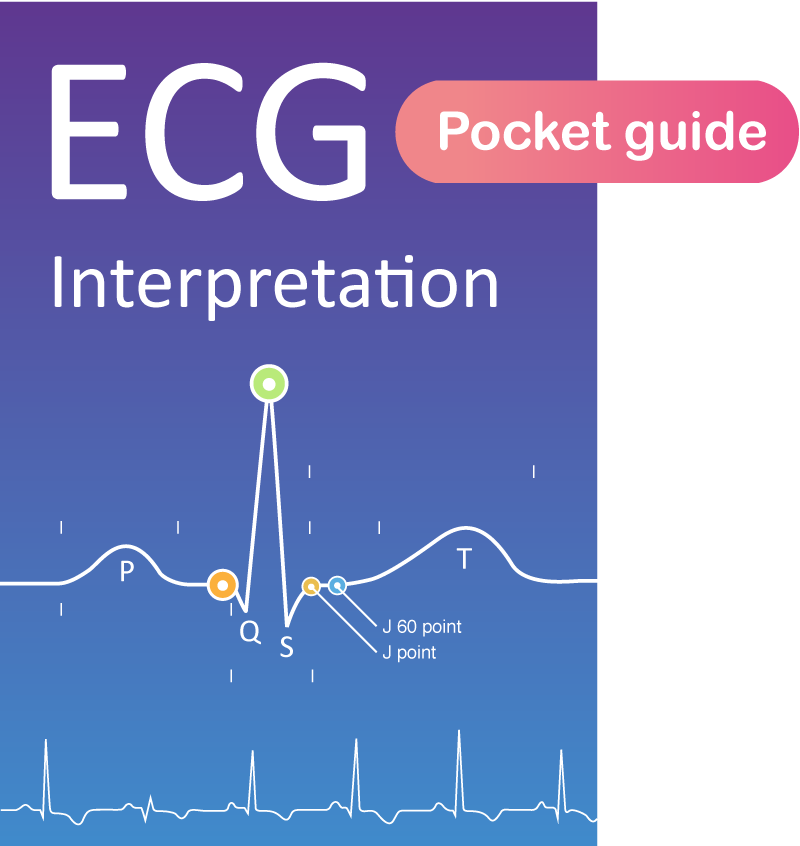Clinical Echocardiography
-
Introduction to echocardiography and ultrasound imaging12 Chapters
-
Physics of ultrasound
-
The ultrasound transducer
-
Technical aspects of the ultrasound image
-
Two-dimensional (2D) echocardiography
-
Optimization of the ultrasound image
-
M-mode (motion mode) echocardiography
-
Doppler effect and Doppler echocardiography
-
Pulsed Wave Doppler
-
Continuous Wave Doppler (CW Doppler)
-
Color Doppler
-
Tissue Doppler (Tissue Velocity Imaging)
-
Artifacts in ultrasound imaging
-
Physics of ultrasound
-
Principles of hemodynamics5 Chapters
-
The echocardiographic examination3 Chapters
-
Left ventricular systolic function and contractility11 Chapters
-
Left Ventricular Function
-
Myocardial Mechanics: Structure and Function of Myocardial Fibers
-
Ventricular Pressure-Volume Relationship: Preload, Afterload, Stroke Volume, Wall Stress & Frank-Starling's law
-
Assessing left ventricular systolic function
-
Left ventricular mass and volume (size)
-
Ejection fraction (EF): Physiology, Measurement & Clinical Evaluation
-
Fractional shortening for estimation of ejection fraction
-
Strain, strain rate and speckle tracking: Myocardial deformation
-
Left Ventricular Segments for Echocardiography and Cardiac Imaging
-
The Coronary Arteries
-
Regional Myocardial Contractile Function: Wall Motion Abnormalities
-
Left Ventricular Function
-
Left ventricular diastolic function3 Chapters
-
Cardiomyopathies6 Chapters
-
Heart failure: Causes, types, diagnosis, treatments & management
-
Echocardiography in cardiomyopathies: an overview
-
Hypertrophic Cardiomyopathy (HCM) & Hypertrophic Obstructive Cardiomyopathy (HOCM)
-
Dilated Cardiomyopathy (DCM): Definition, Types, Diagnostics & Treatment
-
Arrhythmogenic Right Ventricular Cardiomyopathy / Dysplasia (ARVC, ARVD)
-
Tachycardia induced cardiomyopathy
-
Heart failure: Causes, types, diagnosis, treatments & management
-
Valvular heart disease8 Chapters
-
Miscellaneous conditions5 Chapters
-
Pericardial disease2 Chapters
Pulmonary regurgitation
Pulmonary (pulmonic) regurgitation
Pulmonary regurgitation is also called pulmonic regurgitation.
The majority of all adults exhibit a small pulmonary regurgitation, which is considered a normal finding. The regurgitation results in blood flowing back from the pulmonary artery into the right ventricle during diastole. The most common cause of abnormal pulmonary regurgitation is pulmonary hypertension. Table 1 presents the causes of pulmonary regurgitation.
Mild pulmonary regurgitation is a normal echocardiographic finding that requires no further investigation.
| Table 1. Causes of pulmonary regurgitation |
| Pulmonary hypertension |
| Endocarditis |
| Myxoma |
| Carcinoid heart disease |
| Tetralogy of Fallot |
| Marfan syndrome |
| Takayasu’s arteritis |
| Iatrogenic (e.g complication of catheterization) |
| Congenital dysplasia/aplasia of the pulmonary valve |
| Idiopathic pulmonary artery dilation |
Pulmonary regurgitation results in right ventricular volume overload, which gradually causes right ventricular failure. The ventricle and RVOT (right ventricular outflow tract) become dilated, which further agravates the regurgitation. The proximal portion of the pulmonary artery may also be dilated in patients with pulmonary hypertension.
Echocardiography in pulmonary regurgitation
Echocardiography is the modality of choice for diagnosing pulmonary regurgitation. Continuous Doppler through the pulmonary valve reveals regurgitant blood flow in the parasternal short-axis view. Pressure gradient and pressure half time (PHT) are also estimated using continuous Doppler. A dense regurgitant jet with rapid deceleration (short PHT) is suggestive of severe regurgitation; the leakage usually ends early in diastole, which is evident by the spectral curve reaching the baseline before the end of diastole.
